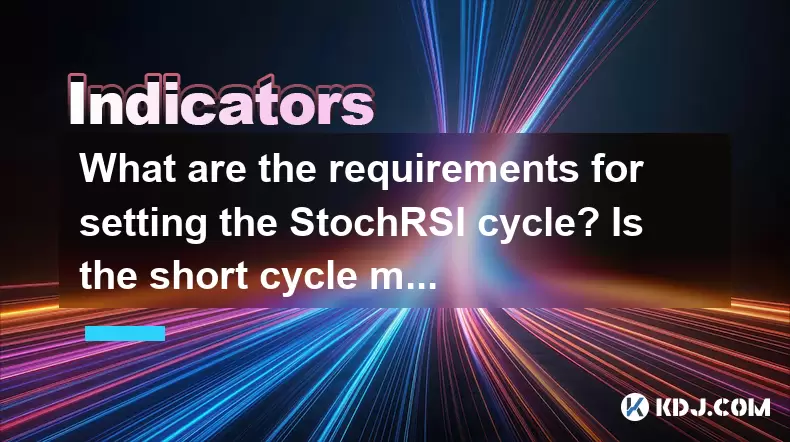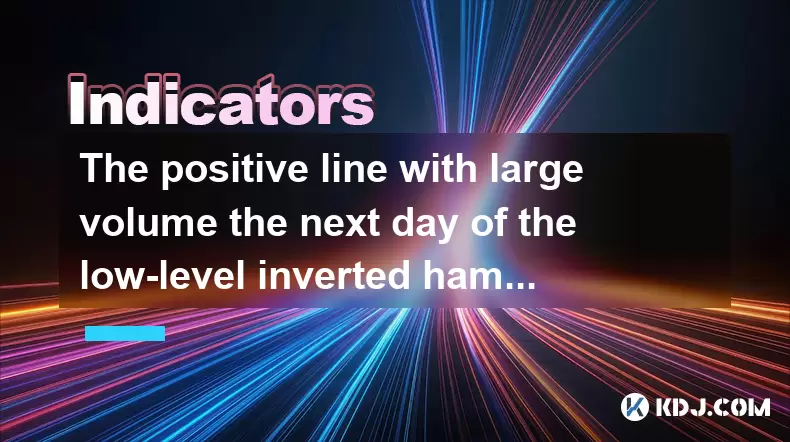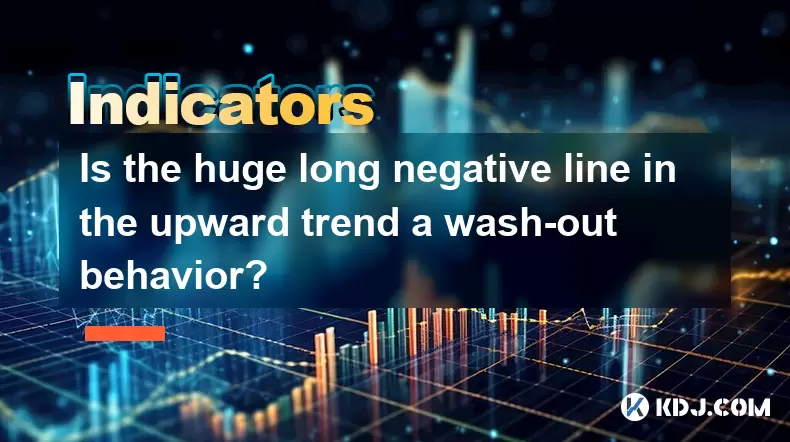-
 Bitcoin
Bitcoin $99,594.2189
-3.59% -
 Ethereum
Ethereum $2,188.5793
-9.00% -
 Tether USDt
Tether USDt $1.0001
-0.02% -
 XRP
XRP $1.9745
-5.82% -
 BNB
BNB $608.9511
-3.73% -
 Solana
Solana $130.4575
-5.93% -
 USDC
USDC $1.0000
0.01% -
 TRON
TRON $0.2637
-3.59% -
 Dogecoin
Dogecoin $0.1493
-5.97% -
 Cardano
Cardano $0.5322
-6.72% -
 Hyperliquid
Hyperliquid $33.9044
3.33% -
 Bitcoin Cash
Bitcoin Cash $449.6411
-5.46% -
 UNUS SED LEO
UNUS SED LEO $8.9629
0.43% -
 Sui
Sui $2.3943
-8.35% -
 Chainlink
Chainlink $11.4402
-7.83% -
 Stellar
Stellar $0.2241
-6.49% -
 Avalanche
Avalanche $16.1489
-4.24% -
 Toncoin
Toncoin $2.7182
-5.94% -
 Shiba Inu
Shiba Inu $0.0...01040
-5.72% -
 Litecoin
Litecoin $78.7882
-4.07% -
 Ethena USDe
Ethena USDe $1.0004
-0.01% -
 Hedera
Hedera $0.1305
-7.45% -
 Monero
Monero $297.0030
-5.32% -
 Dai
Dai $0.9997
-0.02% -
 Polkadot
Polkadot $3.1834
-6.03% -
 Bitget Token
Bitget Token $3.9788
-7.03% -
 Uniswap
Uniswap $6.1327
-10.62% -
 Pepe
Pepe $0.0...08689
-8.30% -
 Pi
Pi $0.4826
-9.65% -
 Aave
Aave $219.8043
-9.69%
What are the requirements for setting the StochRSI cycle? Is the short cycle more accurate?
The StochRSI combines Stochastic Oscillator and RSI for sensitive market momentum analysis; setting the right cycle is key for trading strategy optimization.
May 24, 2025 at 09:29 am

The Stochastic RSI (StochRSI) is a technical indicator that combines the Stochastic Oscillator and the Relative Strength Index (RSI) to generate a more sensitive measure of market momentum and potential reversals. Setting the appropriate cycle for the StochRSI is crucial for traders to optimize their trading strategies. This article will delve into the requirements for setting the StochRSI cycle and explore whether a short cycle is more accurate.
Understanding the StochRSI Indicator
The StochRSI is calculated by applying the Stochastic formula to the RSI values, rather than price values. This results in an indicator that oscillates between 0 and 1, making it more sensitive to recent price changes than the traditional RSI. The StochRSI can be used to identify overbought and oversold conditions in the market, as well as potential trend reversals.
Setting the StochRSI Cycle
The cycle of the StochRSI refers to the time period over which the RSI values are calculated before applying the Stochastic formula. The default setting for the StochRSI cycle is typically 14 periods, which aligns with the standard RSI setting. However, traders can adjust this cycle to suit their trading style and the specific market conditions they are trading.
To set the StochRSI cycle, traders need to consider the following requirements:
Market Volatility: In highly volatile markets, a shorter cycle may be more appropriate to capture rapid price movements. Conversely, in less volatile markets, a longer cycle may be more effective in filtering out noise.
Trading Timeframe: The choice of cycle should align with the trader's preferred trading timeframe. Short-term traders may prefer a shorter cycle, while long-term traders may opt for a longer cycle.
Asset Type: Different assets may require different cycle settings. For example, cryptocurrencies, which are known for their high volatility, may benefit from shorter cycles compared to more stable assets like stocks or forex pairs.
Historical Data Analysis: Traders should analyze historical data to determine which cycle length provides the most accurate signals for their specific trading strategy.
Short Cycle vs. Long Cycle: Accuracy Considerations
The accuracy of the StochRSI cycle depends on the trader's goals and the market conditions. A short cycle can provide more timely signals, which can be advantageous in fast-moving markets. However, it can also lead to more false signals due to its increased sensitivity to price fluctuations.
On the other hand, a long cycle may provide more reliable signals, as it smooths out short-term fluctuations and focuses on broader market trends. However, it may lag behind in rapidly changing market conditions, potentially missing out on short-term trading opportunities.
Implementing the StochRSI Cycle in Trading Platforms
To set the StochRSI cycle in a trading platform, follow these steps:
Select the StochRSI Indicator: Navigate to the indicator menu in your trading platform and select the StochRSI.
Adjust the Cycle Length: Look for the settings or parameters section for the StochRSI. Adjust the cycle length to your desired number of periods. For example, if you want a shorter cycle, you might set it to 5 periods, while a longer cycle might be set to 20 periods.
Apply the Indicator: Once the cycle length is set, apply the indicator to your chart. The StochRSI line will appear, oscillating between 0 and 1.
Monitor and Adjust: Keep an eye on the performance of the StochRSI with your chosen cycle length. If necessary, adjust the cycle based on market conditions and the accuracy of the signals you are receiving.
Practical Example of Using Different StochRSI Cycles
To illustrate the impact of different cycle lengths, consider a trader analyzing the Bitcoin market. The trader decides to compare a short cycle of 5 periods with a long cycle of 20 periods.
Short Cycle (5 periods): The StochRSI with a 5-period cycle provides frequent signals, indicating potential overbought and oversold conditions every few candles. This can be useful for day traders looking to capitalize on short-term price movements. However, the trader notices that some of these signals result in false breakouts, leading to potential losses.
Long Cycle (20 periods): The StochRSI with a 20-period cycle provides fewer signals, but these signals tend to be more reliable. The trader observes that the indicator identifies major trend reversals more accurately, which is beneficial for swing traders or those holding positions for longer periods.
Balancing Sensitivity and Reliability
Finding the right balance between sensitivity and reliability is key to setting an effective StochRSI cycle. A highly sensitive indicator may provide early signals, but it can also generate more noise. Conversely, a less sensitive indicator may miss out on short-term opportunities but provide more reliable long-term signals.
Traders should experiment with different cycle lengths and observe how the StochRSI performs under various market conditions. By doing so, they can identify the optimal cycle that aligns with their trading strategy and risk tolerance.
Frequently Asked Questions
Q1: Can the StochRSI be used in conjunction with other indicators?
Yes, the StochRSI can be effectively combined with other technical indicators to enhance trading signals. For example, traders often use it alongside moving averages, MACD, or Bollinger Bands to confirm trends and potential reversals.
Q2: Is there a universal StochRSI cycle that works for all markets?
No, there is no universal StochRSI cycle that works across all markets. The optimal cycle length varies depending on the asset type, market volatility, and the trader's timeframe. It's essential to tailor the cycle length to the specific trading environment.
Q3: How often should I adjust the StochRSI cycle?
The frequency of adjusting the StochRSI cycle depends on market conditions and the performance of your current settings. Some traders may find it necessary to adjust the cycle weekly or monthly, while others might do so based on significant changes in market volatility or trends.
Q4: Can the StochRSI be used for all types of cryptocurrencies?
Yes, the StochRSI can be applied to all types of cryptocurrencies. However, due to the varying levels of volatility among different cryptocurrencies, the cycle length may need to be adjusted to suit each specific asset. For instance, highly volatile altcoins might require a shorter cycle compared to more stable cryptocurrencies like Bitcoin.
Disclaimer:info@kdj.com
The information provided is not trading advice. kdj.com does not assume any responsibility for any investments made based on the information provided in this article. Cryptocurrencies are highly volatile and it is highly recommended that you invest with caution after thorough research!
If you believe that the content used on this website infringes your copyright, please contact us immediately (info@kdj.com) and we will delete it promptly.
- Altcoins Under Pressure: Cardano and XRP Face Critical Tests
- 2025-06-23 12:25:12
- Rare Coin Fever in Wiltshire: Auctions, Errors, and Olympic Gold!
- 2025-06-23 12:25:12
- XRP Price Under Pressure: War Fears and Market Sentiment
- 2025-06-23 12:30:12
- HAI Token Private Key Leak: What Happened and How to Stay Safe
- 2025-06-23 12:45:12
- Texas Goes All In: Bitcoin Reserve Signals Big State Embrace
- 2025-06-23 12:45:12
- Pi Network's Price Plunge: Crash, Scammer Accusations, and What's Next?
- 2025-06-23 13:05:12
Related knowledge

The positive line with large volume the next day of the low-level inverted hammer line confirms the reversal?
Jun 23,2025 at 01:21pm
Understanding the Low-Level Inverted Hammer LineThe inverted hammer line is a single candlestick pattern that typically appears at the end of a downtrend. It has a small real body near the bottom of the trading range and a long upper shadow, indicating that bulls attempted to push prices higher but were met with selling pressure. When this pattern forms...

Is the huge long negative line in the upward trend a wash-out behavior?
Jun 23,2025 at 12:49pm
Understanding the Long Negative Candlestick in an Uprising TrendA long negative candlestick, often referred to as a long red or bearish candle, appearing during an upward trend can raise concerns among traders and investors. This pattern typically indicates a sudden and significant drop in price after a period of rising prices. It is often interpreted a...

Can the EXPMA golden cross stand on the 5-day line at the same time?
Jun 23,2025 at 11:42am
Understanding the EXPMA Indicator in Cryptocurrency TradingThe Exponential Moving Average (EXPMA) is a popular technical analysis tool used by cryptocurrency traders to identify trends and potential reversal points. Unlike simple moving averages, the EXPMA gives more weight to recent price data, making it more responsive to current market conditions. In...

Does the second surge in the RSI overbought zone induce more?
Jun 22,2025 at 08:35am
Understanding the RSI Overbought ZoneThe Relative Strength Index (RSI) is a momentum oscillator commonly used in technical analysis to measure the speed and change of price movements. It ranges from 0 to 100, with values above 70 typically considered overbought and values below 30 considered oversold. When the RSI enters the overbought zone for the firs...

What signal does the volume increase but the K-line body shrink?
Jun 23,2025 at 05:07am
Understanding the K-Line and Trading VolumeIn cryptocurrency trading, K-line charts are one of the most commonly used tools to analyze price movements. Each K-line represents a specific time period (such as 1 hour, 4 hours, or 1 day) and shows the open, high, low, and close prices for that period. The body of the K-line is formed between the opening and...

Does the sudden contraction of ATR indicate the end of the trend?
Jun 20,2025 at 11:14pm
Understanding ATR and Its Role in Technical AnalysisThe Average True Range (ATR) is a technical indicator used to measure market volatility. Developed by J. Welles Wilder, ATR calculates the average range of price movement over a specified period, typically 14 periods. It does not indicate direction—only volatility. Traders use ATR to gauge how much an ...

The positive line with large volume the next day of the low-level inverted hammer line confirms the reversal?
Jun 23,2025 at 01:21pm
Understanding the Low-Level Inverted Hammer LineThe inverted hammer line is a single candlestick pattern that typically appears at the end of a downtrend. It has a small real body near the bottom of the trading range and a long upper shadow, indicating that bulls attempted to push prices higher but were met with selling pressure. When this pattern forms...

Is the huge long negative line in the upward trend a wash-out behavior?
Jun 23,2025 at 12:49pm
Understanding the Long Negative Candlestick in an Uprising TrendA long negative candlestick, often referred to as a long red or bearish candle, appearing during an upward trend can raise concerns among traders and investors. This pattern typically indicates a sudden and significant drop in price after a period of rising prices. It is often interpreted a...

Can the EXPMA golden cross stand on the 5-day line at the same time?
Jun 23,2025 at 11:42am
Understanding the EXPMA Indicator in Cryptocurrency TradingThe Exponential Moving Average (EXPMA) is a popular technical analysis tool used by cryptocurrency traders to identify trends and potential reversal points. Unlike simple moving averages, the EXPMA gives more weight to recent price data, making it more responsive to current market conditions. In...

Does the second surge in the RSI overbought zone induce more?
Jun 22,2025 at 08:35am
Understanding the RSI Overbought ZoneThe Relative Strength Index (RSI) is a momentum oscillator commonly used in technical analysis to measure the speed and change of price movements. It ranges from 0 to 100, with values above 70 typically considered overbought and values below 30 considered oversold. When the RSI enters the overbought zone for the firs...

What signal does the volume increase but the K-line body shrink?
Jun 23,2025 at 05:07am
Understanding the K-Line and Trading VolumeIn cryptocurrency trading, K-line charts are one of the most commonly used tools to analyze price movements. Each K-line represents a specific time period (such as 1 hour, 4 hours, or 1 day) and shows the open, high, low, and close prices for that period. The body of the K-line is formed between the opening and...

Does the sudden contraction of ATR indicate the end of the trend?
Jun 20,2025 at 11:14pm
Understanding ATR and Its Role in Technical AnalysisThe Average True Range (ATR) is a technical indicator used to measure market volatility. Developed by J. Welles Wilder, ATR calculates the average range of price movement over a specified period, typically 14 periods. It does not indicate direction—only volatility. Traders use ATR to gauge how much an ...
See all articles

























































































